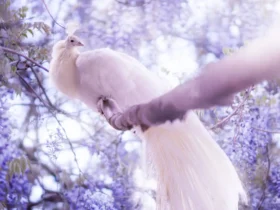In the verdant forests of Taiwan, a stunning avian gem captures the imagination with its vibrant hues and striking appearance—the Taiwan Blue Magpie (Urocissa caerulea). With its radiant blue plumage, long tail, and charismatic presence, this endemic bird has become an emblem of Taiwan’s unique biodiversity. Join us as we embark on a journey to explore the captivating world of the Taiwan Blue Magpie, unraveling its appearance, behavior, habitat, and conservation significance.
Taiwan Blue Magpie images

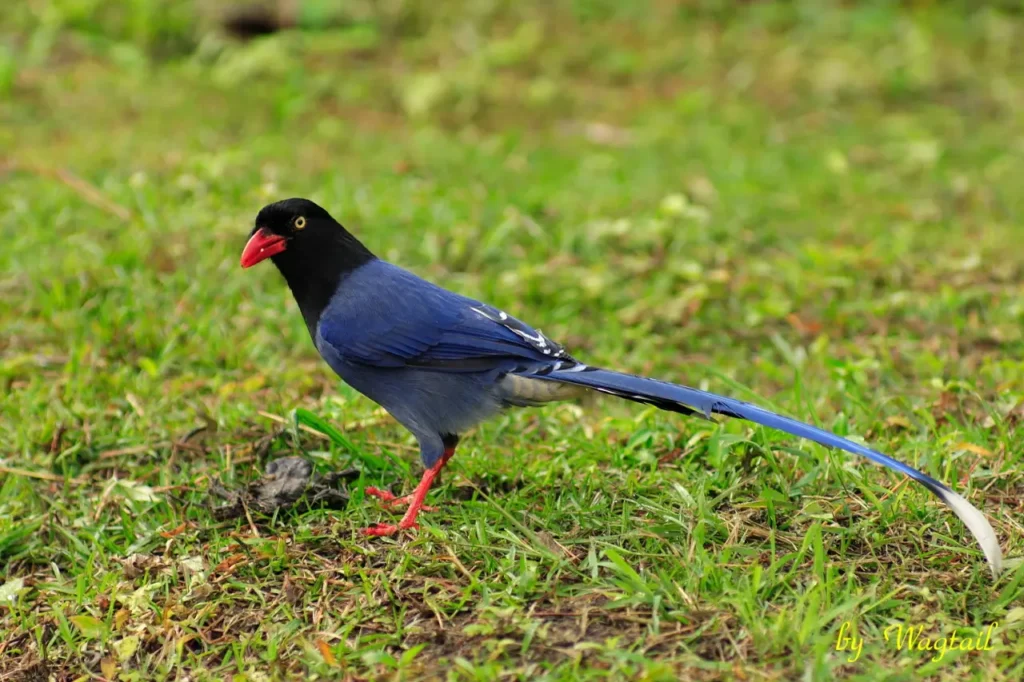
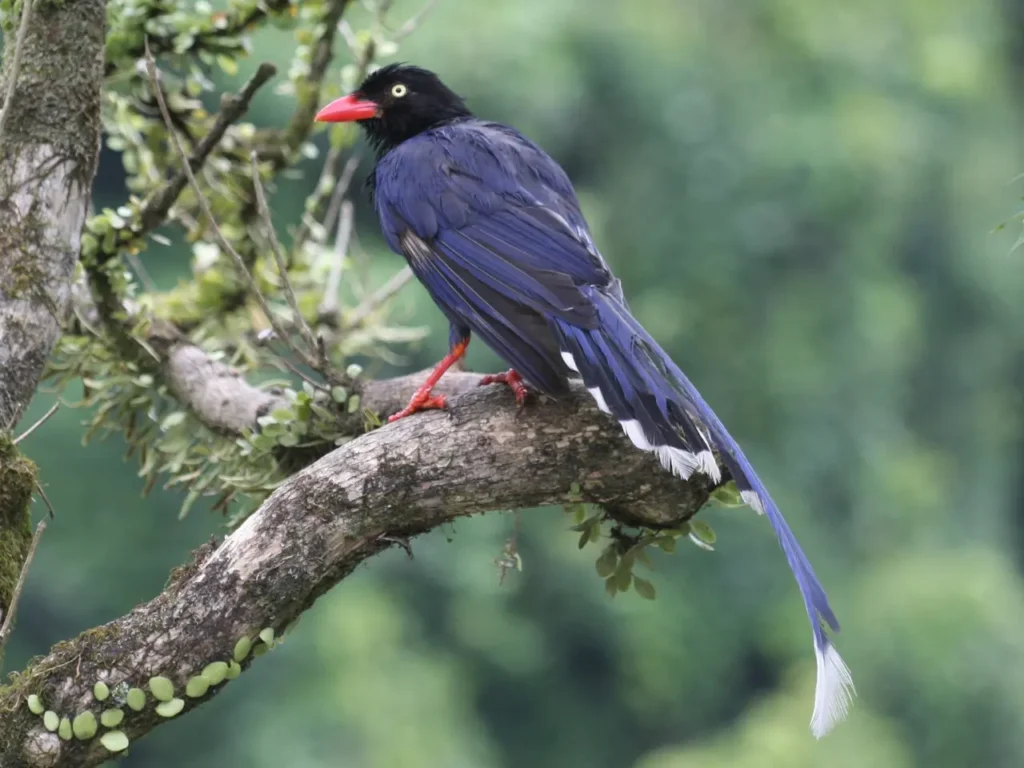
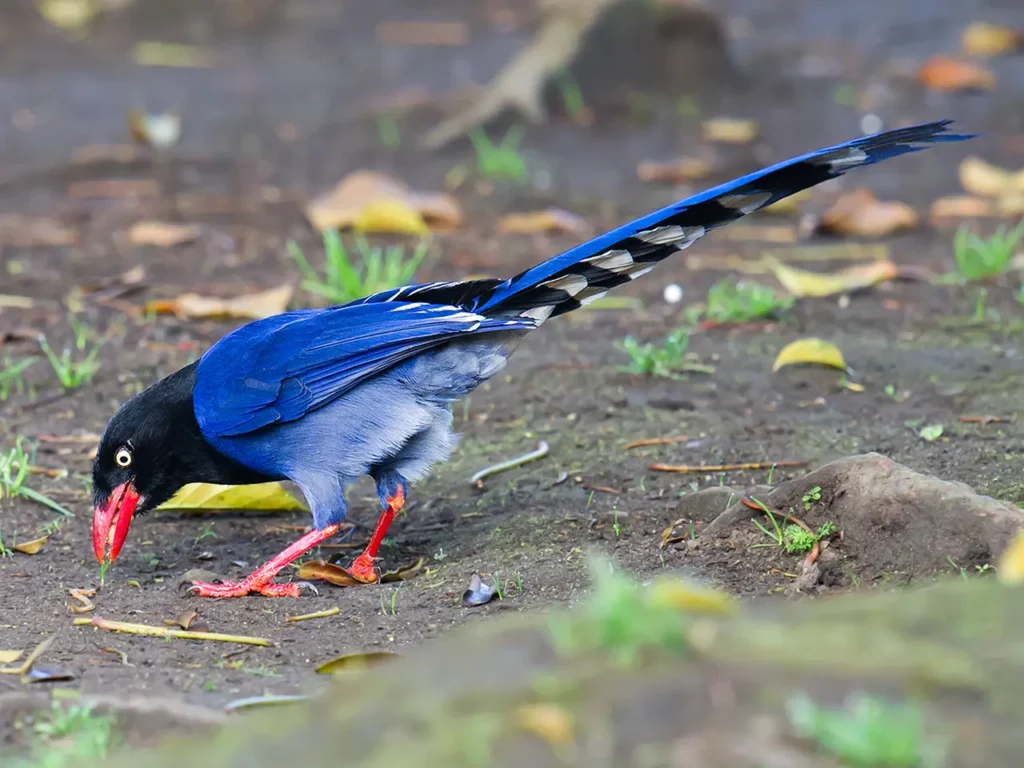
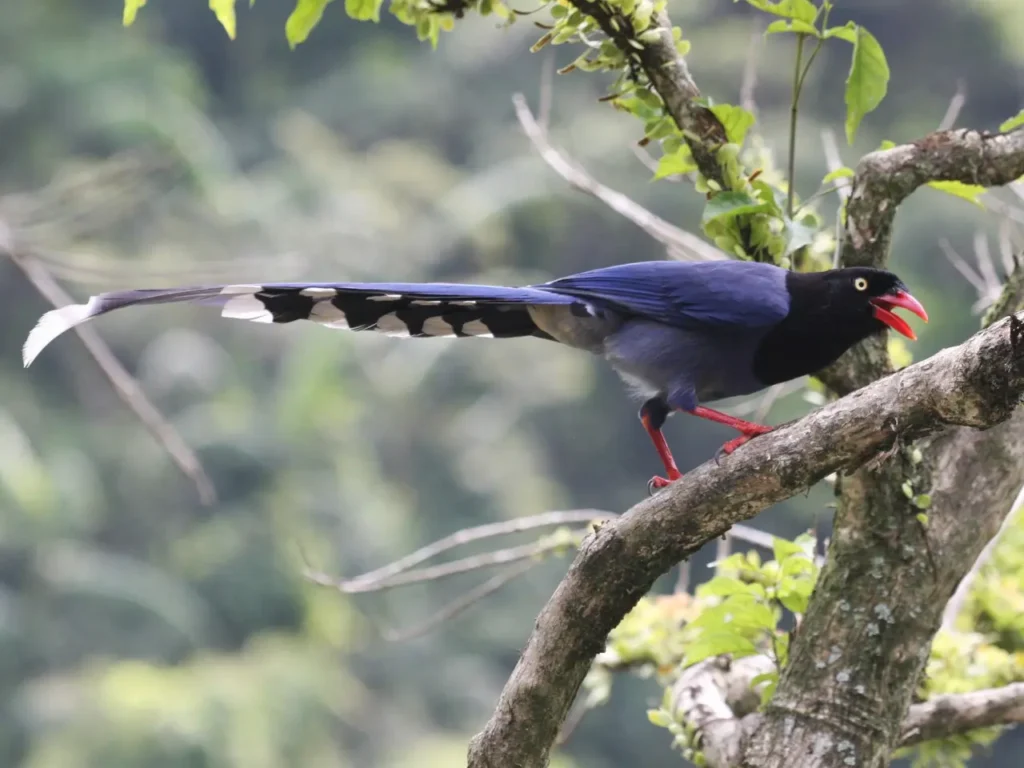
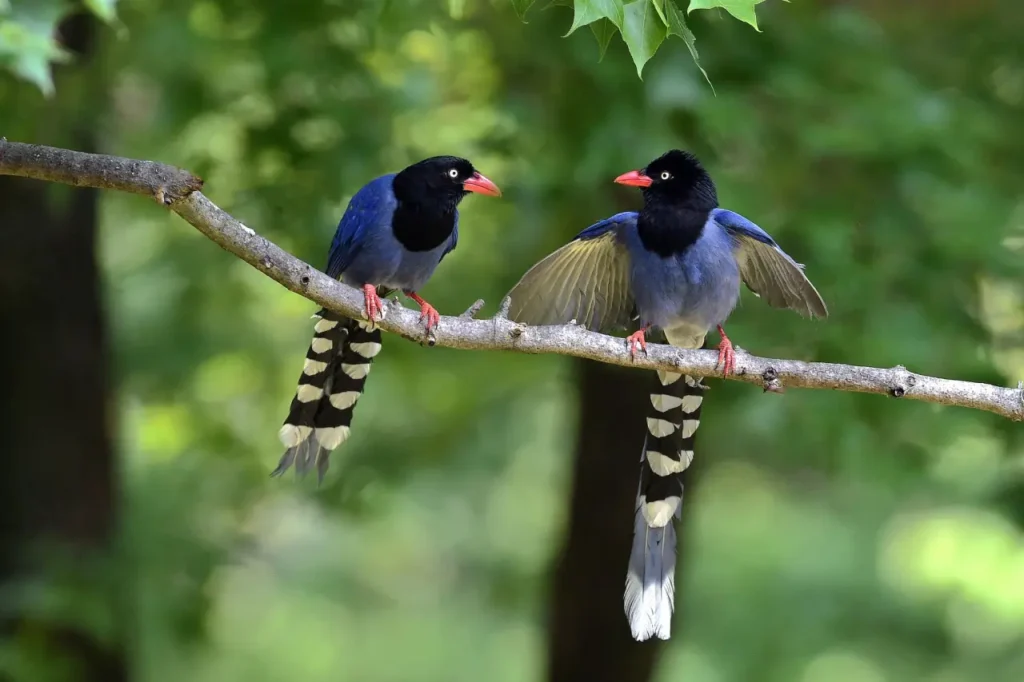
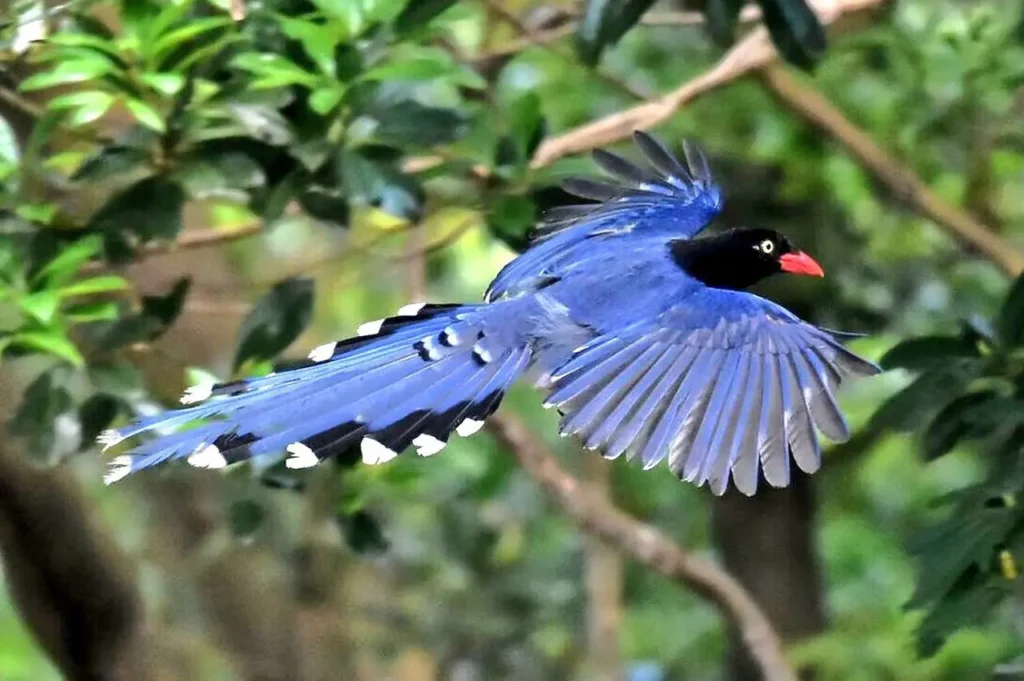
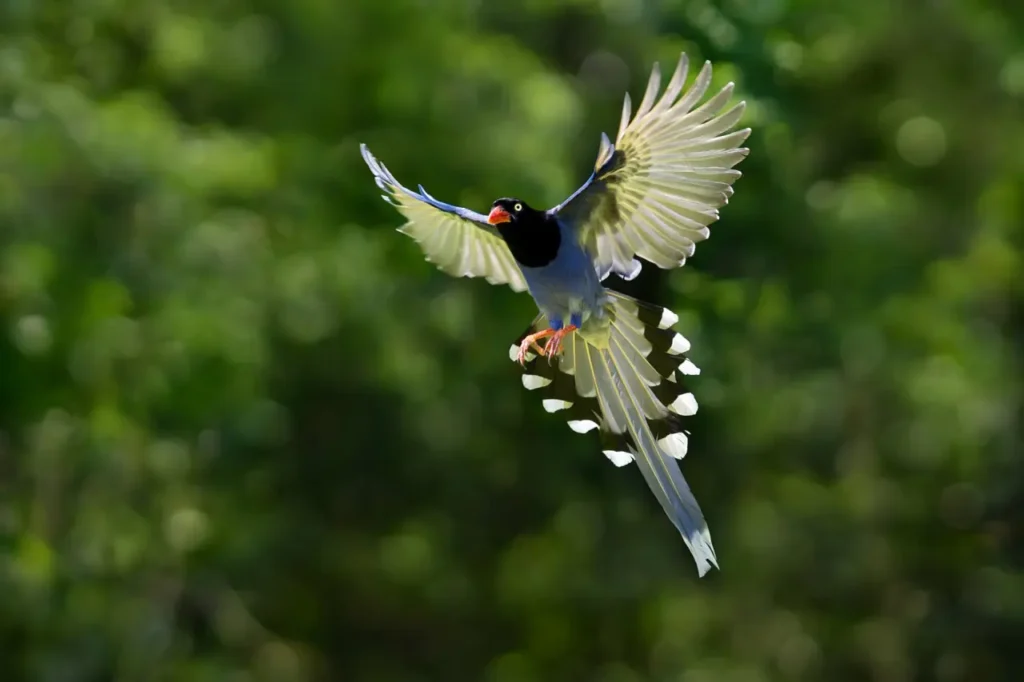
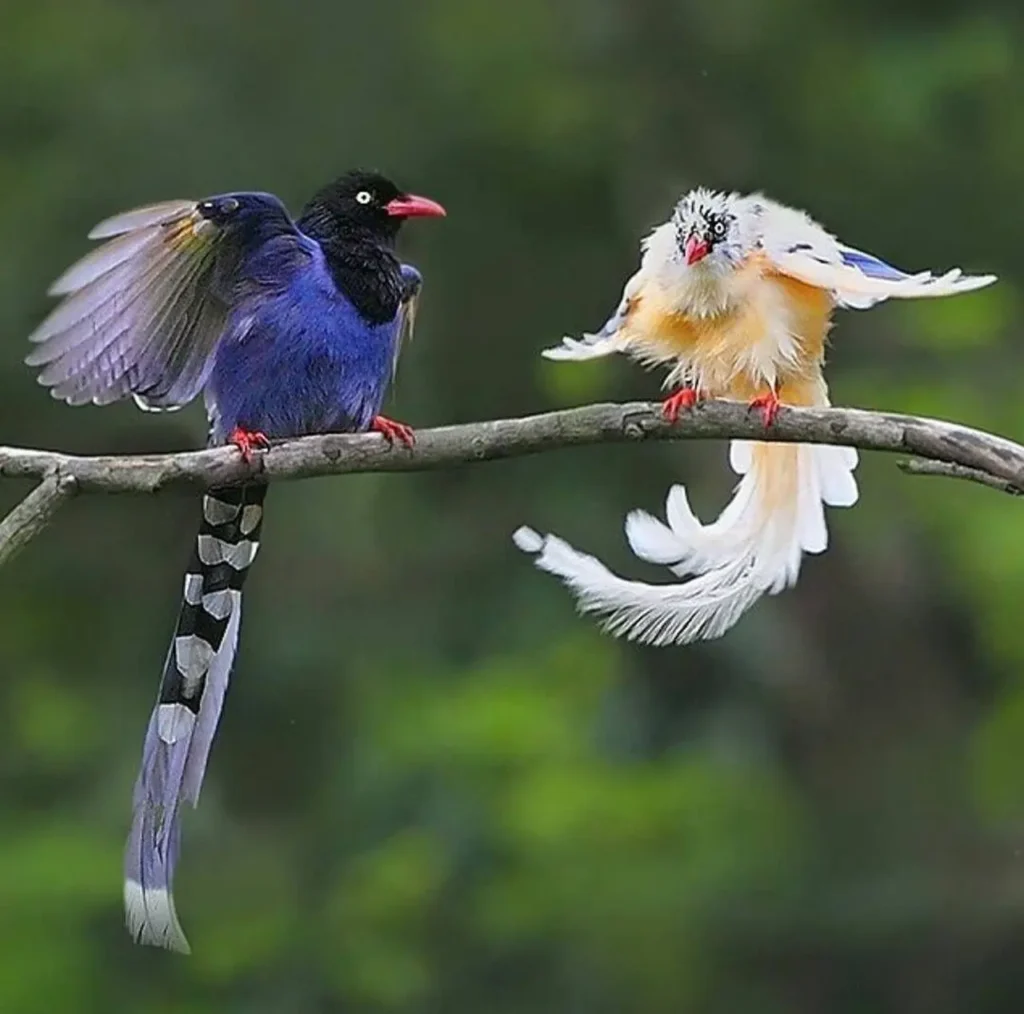

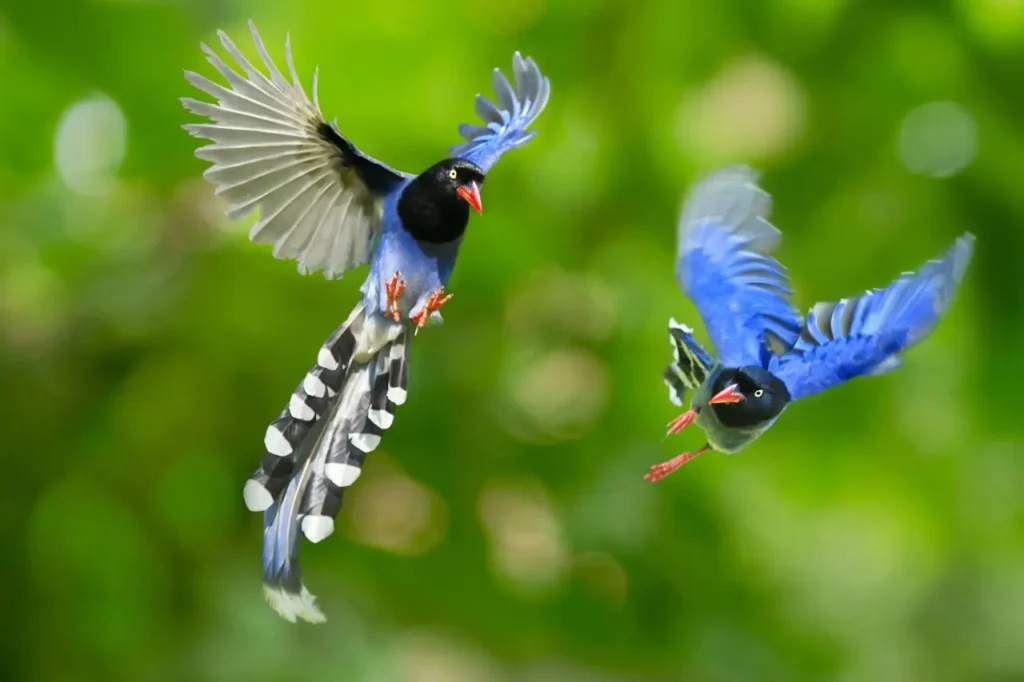
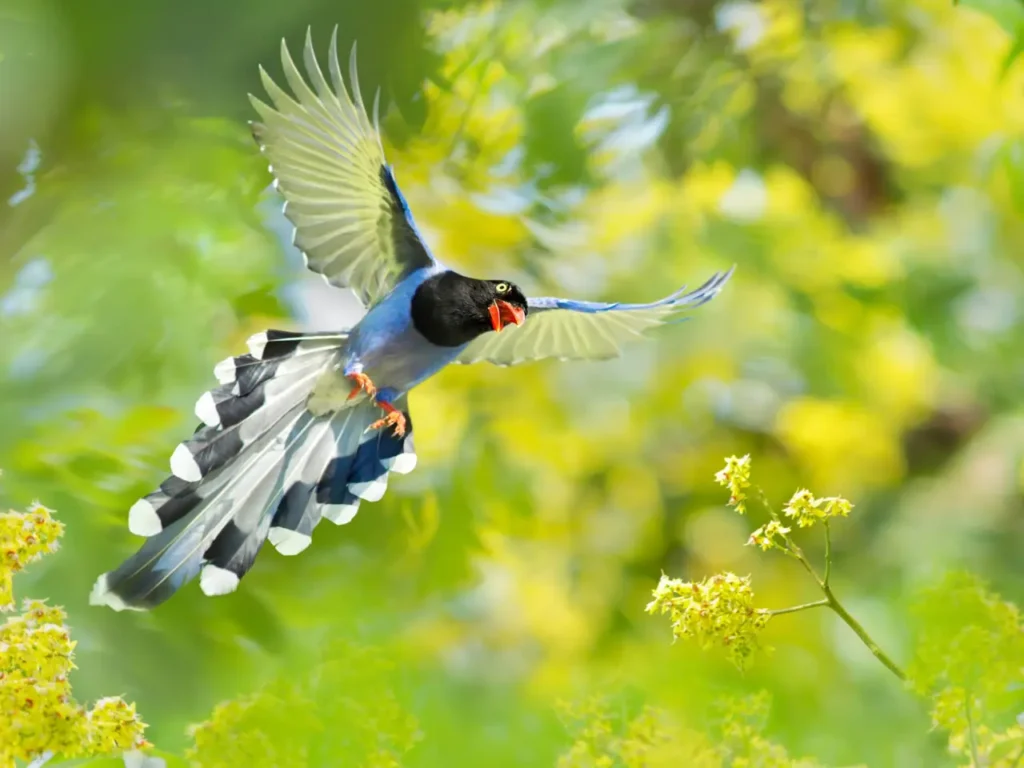
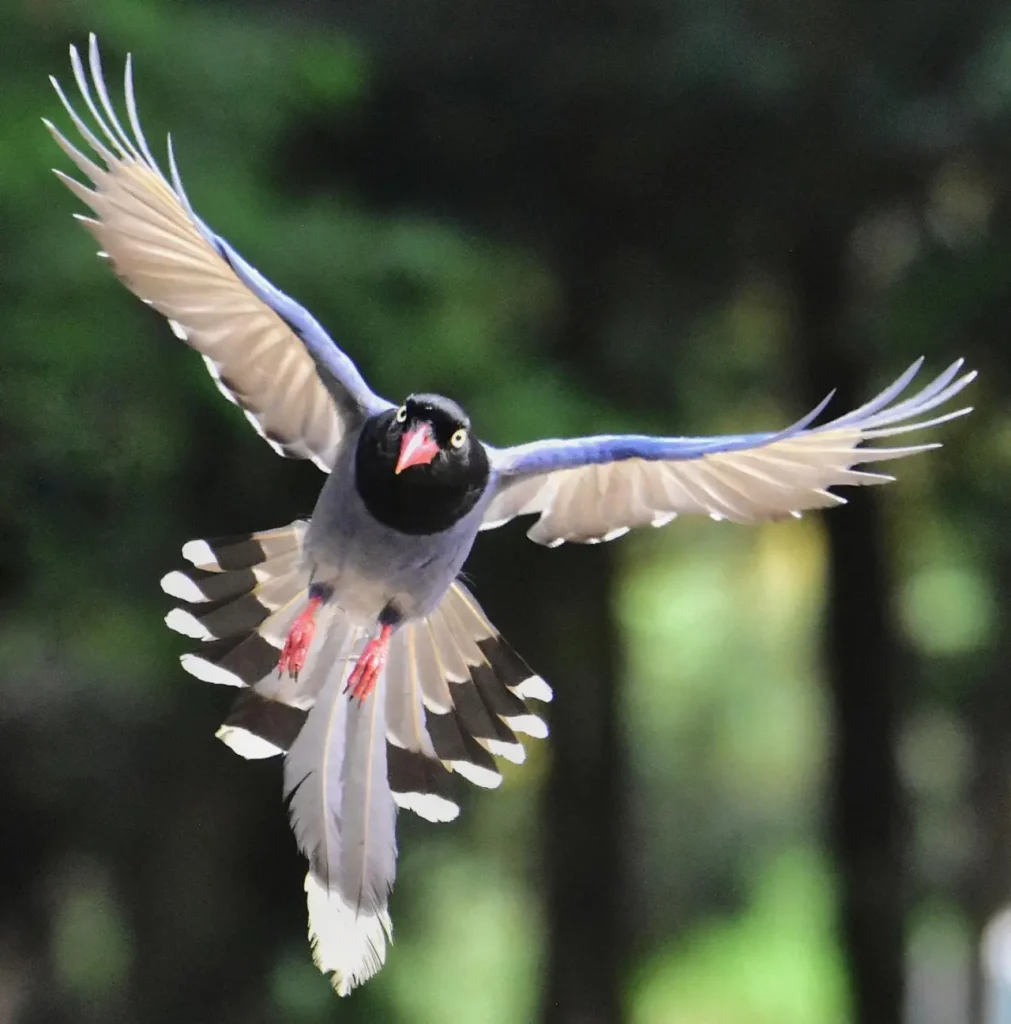
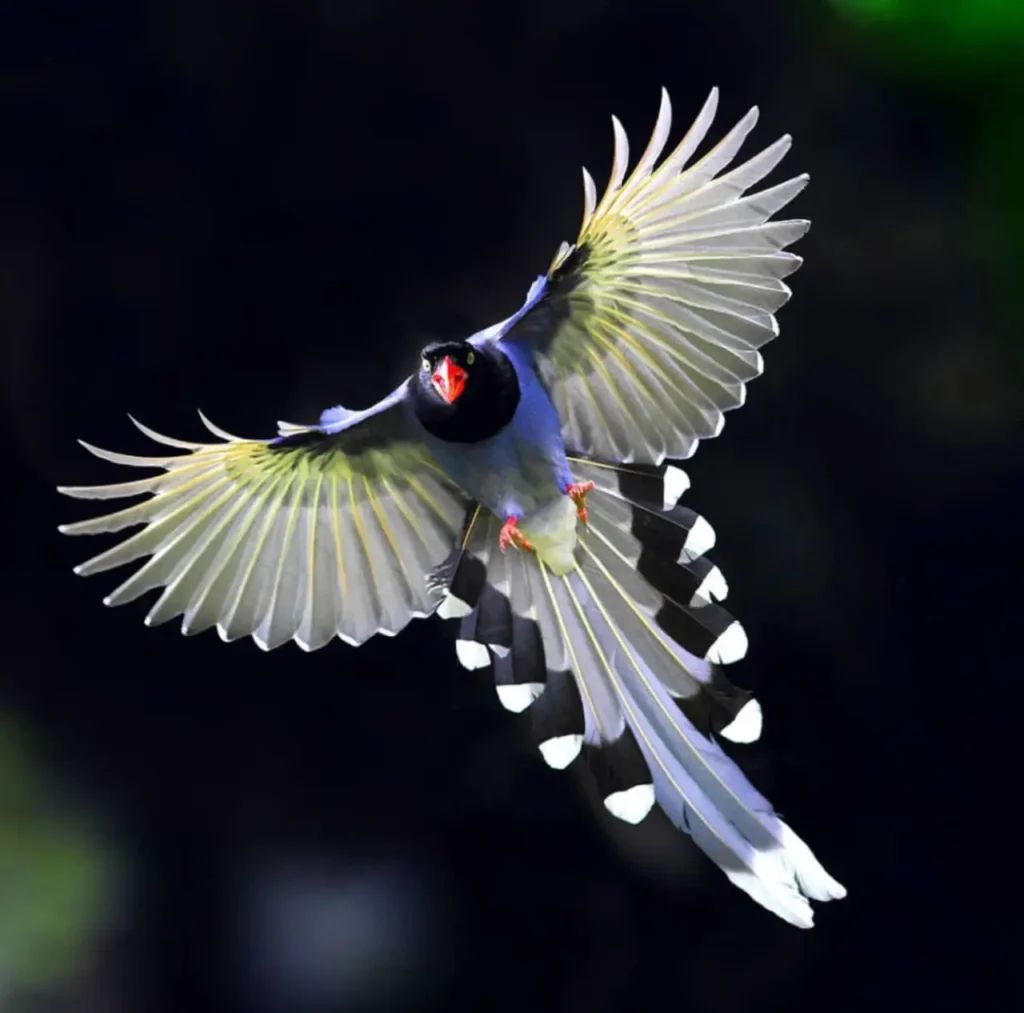
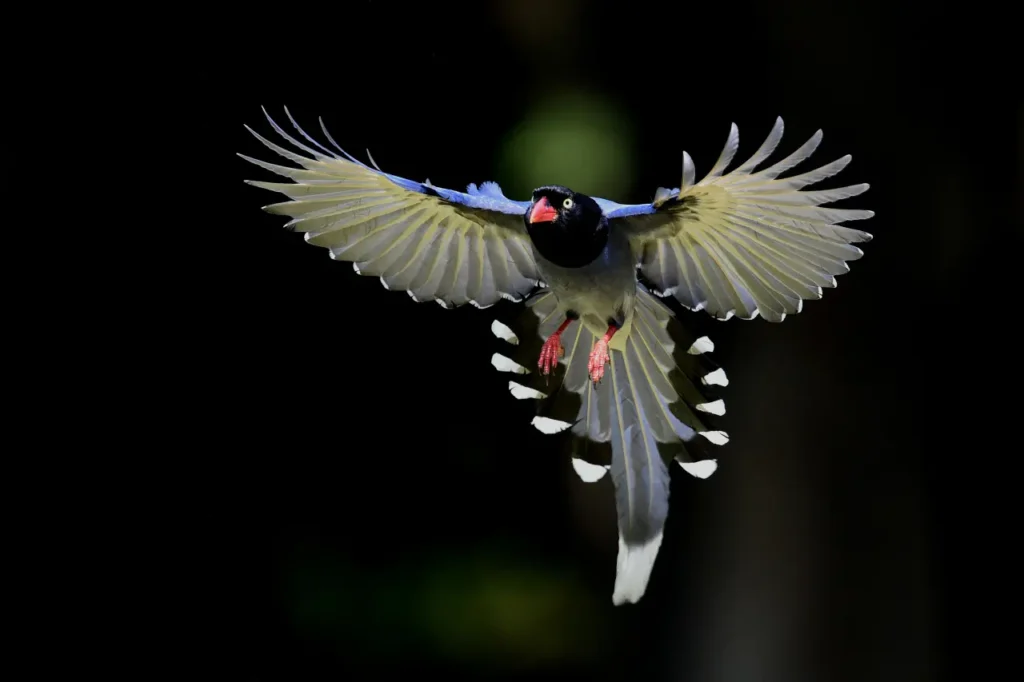
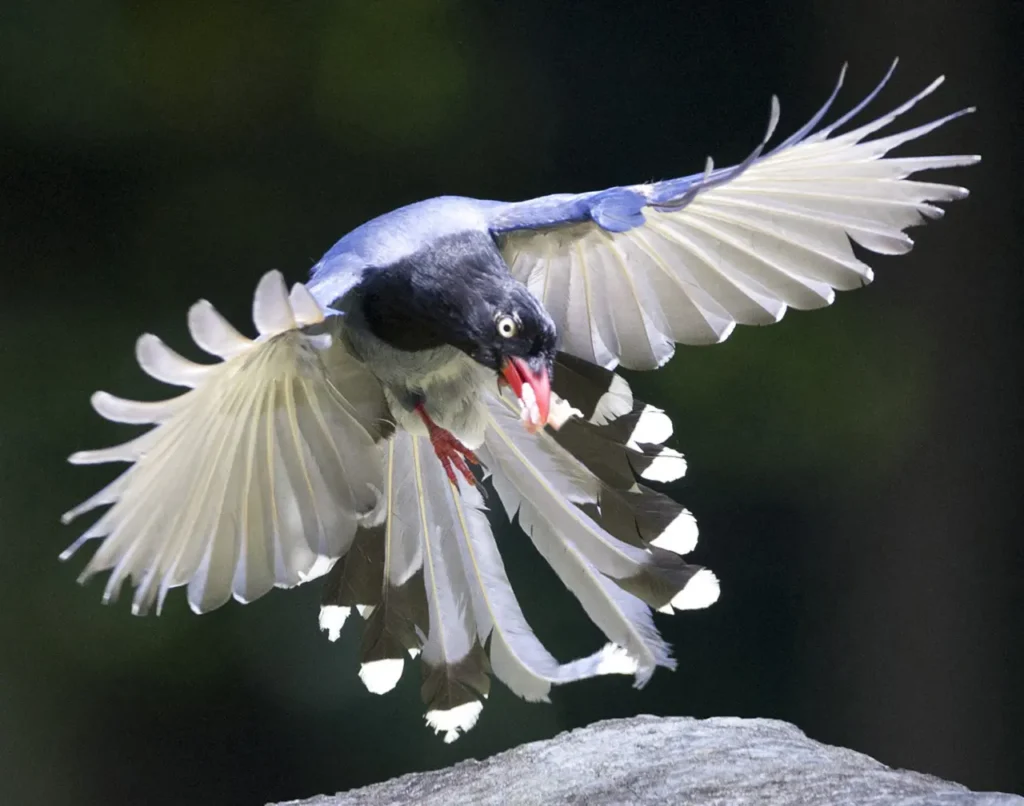
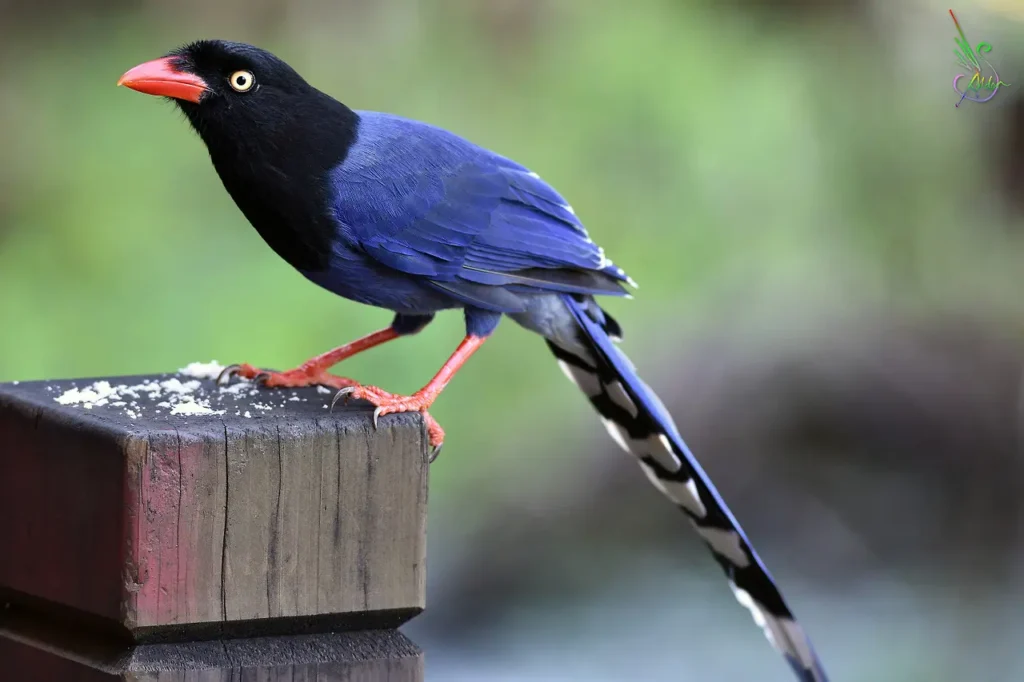
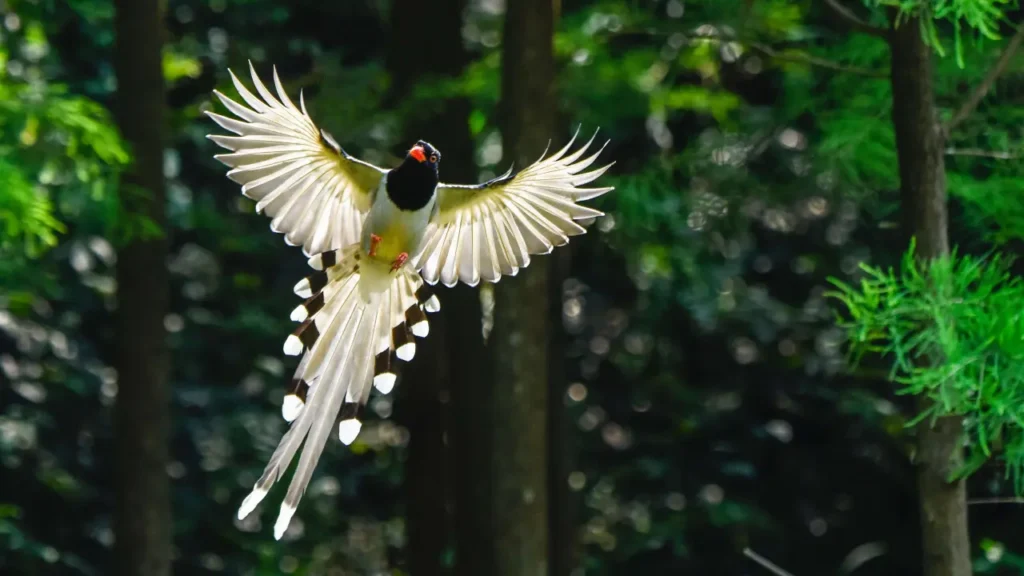
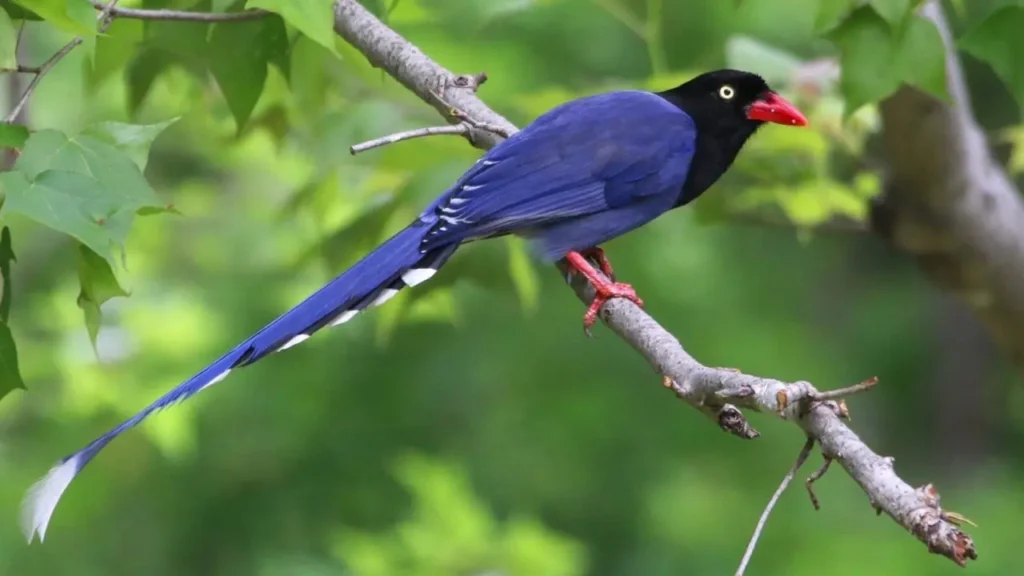

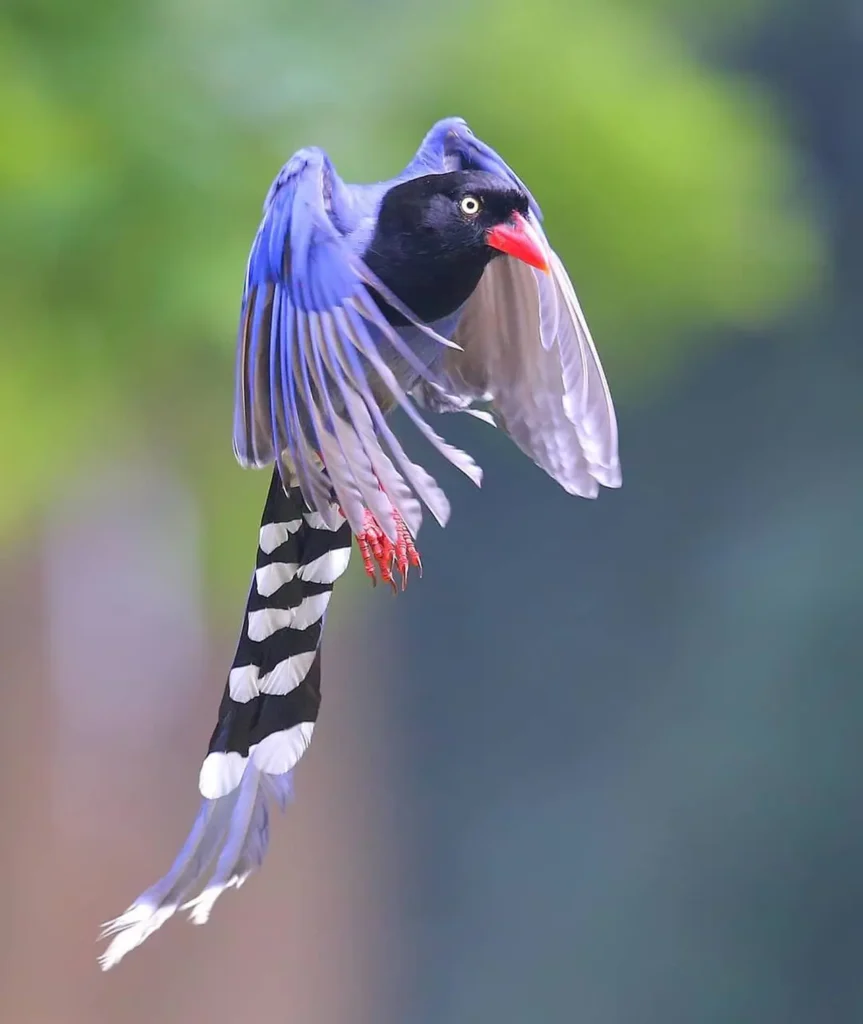

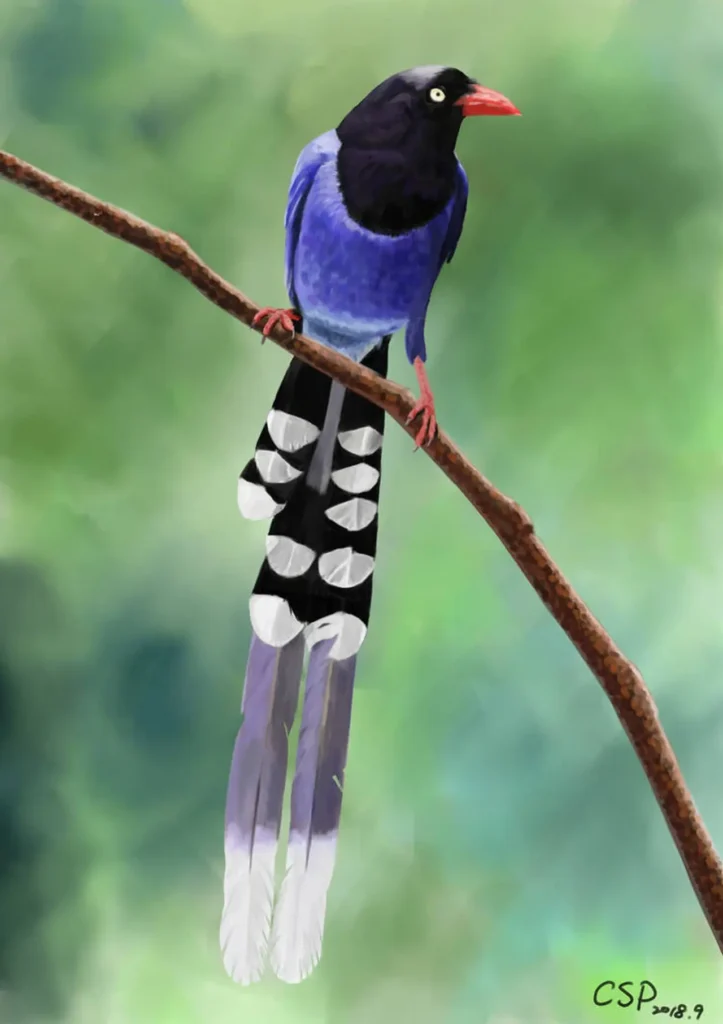
Appearance and Distribution
The Taiwan Blue Magpie is a medium-sized bird known for its breathtaking colors and remarkable features. Its most distinguishing characteristic is its vibrant blue plumage, which contrasts beautifully with its long, black tail feathers. The bird’s wings display a combination of blue, black, and white, while its head features a striking crown of black feathers and a white patch around the eye. This stunning avian species is found exclusively in the forests of Taiwan, making it a treasured symbol of the island’s natural heritage.
Behavior and Social Structure
Taiwan Blue Magpies are highly social birds, often observed in small family groups or flocks. Within these groups, they exhibit complex social behaviors and vocalizations to communicate and establish hierarchies. They are known for their intelligence and have demonstrated problem-solving abilities and tool usage in scientific studies.
Feeding Habits
The diet of the Taiwan Blue Magpie consists primarily of fruits, seeds, insects, and small vertebrates. They forage both on the forest floor and in the canopy, using their strong beaks to extract seeds and insects from various sources. These birds also play an important ecological role as seed dispersers, aiding in the regeneration and diversity of the forests they inhabit.
Habitat and Conservation
The Taiwan Blue Magpie is endemic to the forests of Taiwan, where it primarily occupies montane and broadleaf forests. These forests provide the bird with ample food sources and suitable nesting sites. However, like many endemic species, the Taiwan Blue Magpie faces conservation challenges due to habitat loss and fragmentation caused by human activities such as deforestation and urbanization.
Conservation efforts in Taiwan have focused on protecting its forest habitats and raising public awareness about the importance of preserving this iconic species. The establishment of protected areas and the implementation of sustainable forestry practices are crucial for the long-term survival of the Taiwan Blue Magpie and the preservation of its unique ecosystem.
Cultural Significance
The Taiwan Blue Magpie holds cultural significance in Taiwan, often symbolizing good fortune and prosperity. It is featured in local folklore, traditional art, and literature, showcasing its cultural importance to the people of Taiwan. Efforts to conserve the bird also reflect a sense of national pride and a commitment to safeguarding Taiwan’s natural heritage.
Appreciating Nature’s Jewel
The Taiwan Blue Magpie, with its vibrant colors and charismatic presence, embodies the beauty and uniqueness of Taiwan’s natural world. Its conservation serves as a reminder of the importance of protecting and valuing endemic species and their habitats.
By supporting conservation initiatives, promoting sustainable practices, and fostering a deeper appreciation for Taiwan’s biodiversity, we can ensure the preservation of the Taiwan Blue Magpie and the rich tapestry of life it represents. Let us celebrate the majesty of this avian jewel and work together to safeguard the natural treasures of Taiwan for generations to come.
